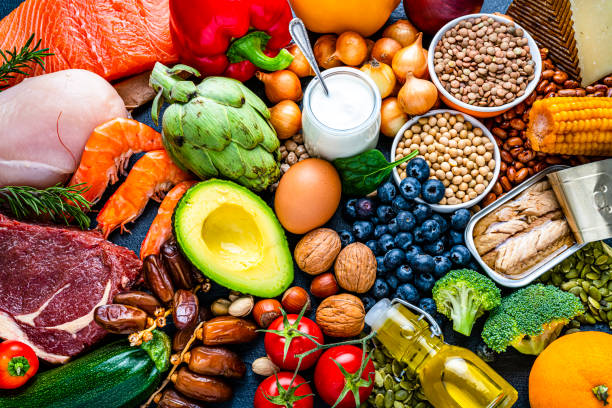School lunches are a necessary part of a student’s daily life, providing them with the energy to focus and perform well in their classes. But is it really nutritious? The Columbus School included the bowl as a choice meant to provide students with a healthier alternative. Is it actually that healthy and nutritious, though? To find out if the bowl is truly a nutritious option, I spoke with Jackeline, a cafeteria employee, and Sofia Betancur, an 11th-grader who regularly eats the bowl for lunch. Through their insights, I explored the bowl’s ingredients, portion sizes, health benefits, and overall appeal to students at The Columbus School.
Jacke, who works in the school cafeteria, explained that the bowl was introduced to offer a healthier option for students and staff.
“To have more options for kids and teachers who like to eat healthier,” she shared.
The bowl allows students to customize their meal with a base of rice or pasta, a protein such as grilled chicken, tuna, or quinoa, and a selection of vegetables like avocado, broccoli, and lettuce. One of the key nutritional advantages of the bowl is its lower fat content compared to other meal options.
“The bowl is low in fats and more healthy because it has vegetables, seeds,” Jacke stated.
Due to the fact that it has whole grains, lean protein, and fresh vegetables, the bowl is a balanced diet. In addition, Jacke explained that ingredients used in the bowl are locally produced, which ensures freshness and quality.
“The ingredients are local,” she assured, contributing to the impression that the bowl is healthy and environmentally friendly.
Besides nutrition, portion sizes also contribute significantly to determining whether a meal is satisfying. Jacke explained that portions in the bowl are uniform just like other meals.
“All portions are the same because they need to meet the requirements for the teens that are consuming it”
This is to ensure that students receive sufficient nutrients while maintaining a balanced diet.
Betancur, a frequent consumer of the bowl option, explained how she felt that it tasted better and was a higher quality product.
“I think it is better quality because it just has better ingredients such as pasta or potato chips, so that’s why I think it’s overall better,” she said.
The ability to customize ingredients allows students to tailor their meals to their preferences while maintaining nutritional value.
In terms of size, Betancur finds the bowl big enough but finds that there are students, particularly boys, who may find it less filling.
“I find that it is enough, and you can just ask for more if you get too little chicken, you can just ask for more and they’ll just give you more,” she explained.
The flexibility ensures that the students will be able to adjust their portions depending on what they want to eat. As for health value, Betancur finds the bowl provides a healthy balance
“I think it is a healthier option that is not as extreme as a salad, as it has a really good balance of health and actually being filling,” she said.
This makes the bowl an attractive alternative for students who want a healthy meal without having to sacrifice on taste or being full. The only complaint Betancur mentioned is the long line for the bowl option.
“Maybe that sometimes the line is really long but I think that’s not an easily solvable issue,” she admitted.
The high demand for the bowl indicates that students really enjoy it, and that is another signal of its success as a popular and healthy meal choice.
Overall, the bowl option at The Columbus School is a better choice than school meals usually are. With its locally grown fresh produce and selection of components, it provides students with a healthy and satisfying meal. While some students may prefer more food, being able to ask for additional protein addresses this concern. As Betancur suggested, more meal options such as the bowl would also boost the nutritional quality of school meals and provide more healthy choices to students.



